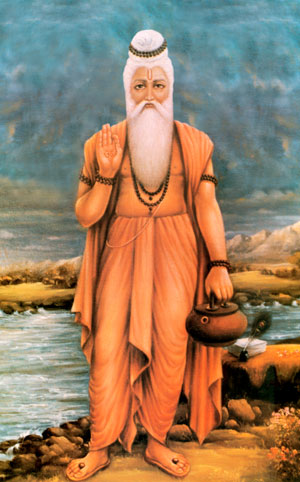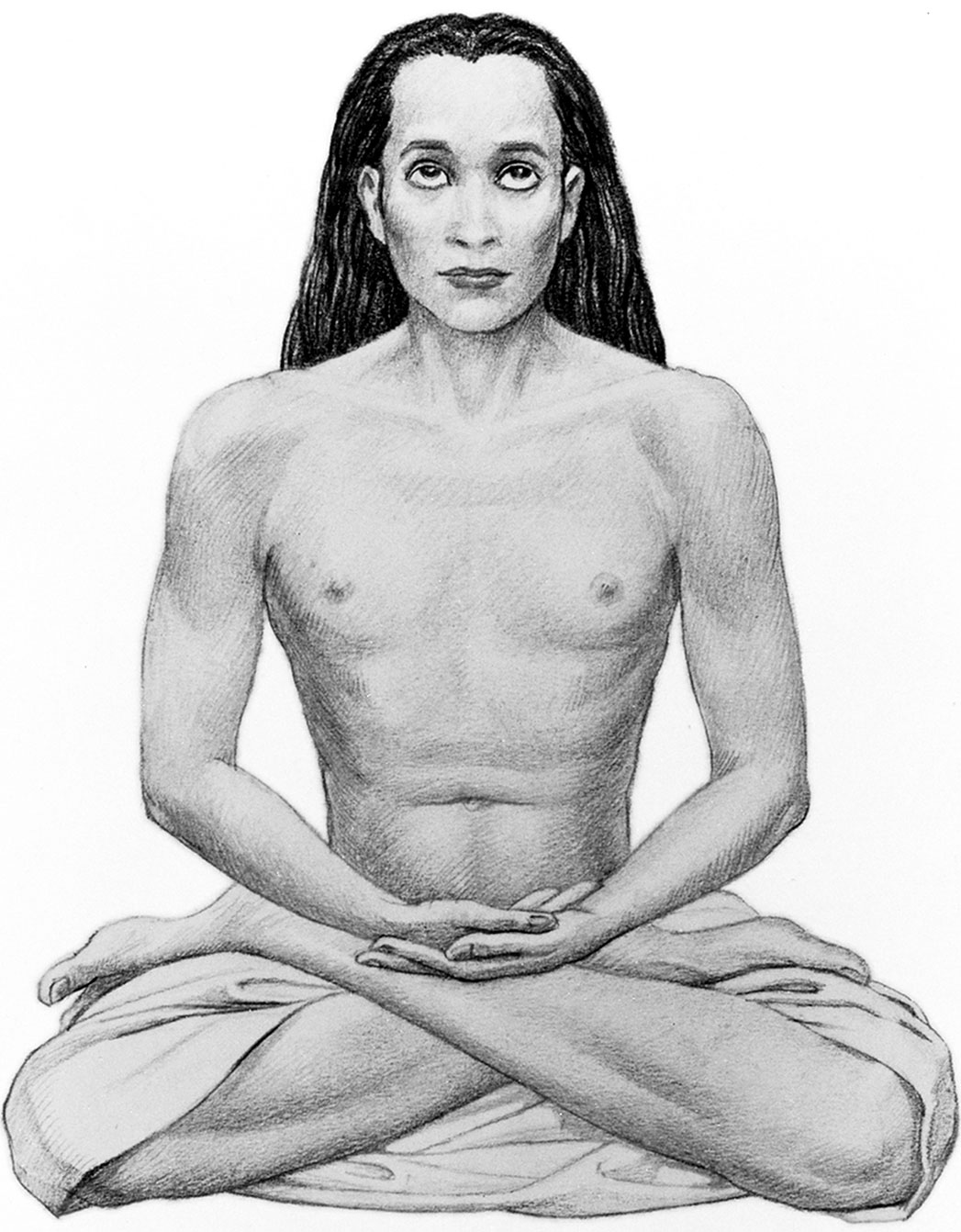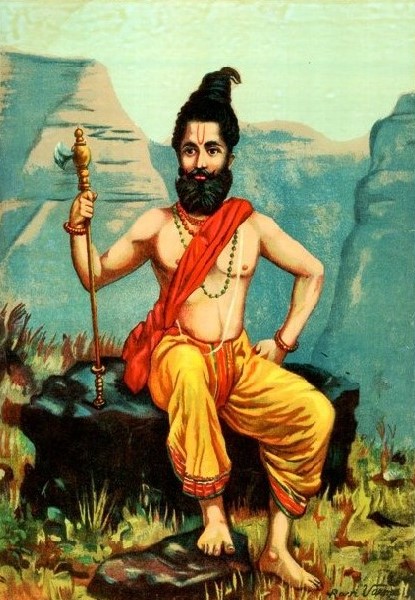His Holiness Swami Vidyadhishananda represents his meditation and Sanskrit lineages as a traditional Vedic monk from a combined heritage of rishi sages and nath yogis of Himalaya. He has been ordained to represent the lineages of sages, in continuity since Vedic antiquity, known for combining deep meditative insights with erudite Sanskrit scholarship. His Holiness is one of the few remaining monks of these lineages who can teach by seamlessly combining (without contradiction) the tenets from three separate cardinal philosophies: Vedanta, Samkhya and Yoga, as revealed by the rishi sages. In this respect, he is deemed as a highly realized teacher among erudite monks of Sanskrit scholarship. The Hansadarshin curriculum is developing its library of these teachings based on the direct heritage and the unbroken line of communication with the rishi sages of yore.
Sagely Insight
A fellowship brings about a direct experience of divinity. Meditation, wellness and spiritual lifestyle help define the path of inquiry. Fellowships form the core method of disseminating and sharing the precious teachings. Much of the Sanskrit literature lives on as a universal heritage for humankind with great relevance to modern society, easily integrating faith and evolution and as a bridge between science and spirituality. Our Nonprofit was founded to establish a legacy in the West by harnessing the wisdom of ancient meditation lineages, to restore Sanskrit spiritual wealth and make it more accessible.

Sage Bhrigu Rishi
Meditation on Aphorisms
As a mystic yogi, he carries on the esteemed tutelage of meditation masters from the Himalayan Mountains and is connected with lineages of the esoteric Himalayan meditation traditions. He hails from an esoteric Mountain Path of the ancient yogis, mystics and monks of Himalaya, who have been carrying out the sutra meditation and higher yoga through reclusive retreats and a secluded lifestyle. The major mountains spanning the entire headwaters of Ganga are deemed to be the lineage heads which define a particular style of practice and branch within an overall system. Collectively the tradition is known as the Mountain Path in Himalaya. This tradition has been thriving since the descent of Ganga and is hailed as a repository of classical Sanskrit. In contrast to this classical tradition, the repertoire of Veda-mantra Sanskrit comes from the Vedic era of the Saraswati river, which has mostly dried up since the Mahabharata times over 5000 years ago.
Adepts of Himalaya
Swami Vidyadhishananda inherits an authentic lineage-based teaching system of sage Patanjali’s classical yogasutra interpretations and the traditional practice of yoga. Further, he is endowed with a teaching system of yoga-vinyasa and prānāyāma techniques of the hansayoga system from the Himalayan Mountains. Three systems of prānāyāma breathing techniques, viz. the classical yogasutra-based system, the traditional haṭhayoga system and the nath system of Trayambaknath, are taught by His Holiness to aspirants as part of the Hansayogin curriculum.
The hansayoga system traces its roots back to Lord Parashurāma who revealed both yoga-vinyasa as yogic arts and kalaripayatt as martial arts for developing concentration and neuromuscular fitness. The Himalayan kriya system of meditation taught by Swami Vidyadhishananda was revived by the head nath adept of the Himalayan Mountains, Tryambaknath, who is hailed as a mahā-siddha of the current age. He is also referred to as mahavatar-babaji in Autobiography of a Yogi by Swami Yogananda Paramahansa.
Tryambaknath is known to have first trained under sage Boghar Rishi before learning the kāyākalpa siddhi (transformation of the physical body into a yogic light-body) from sage Agastya Rishi. It was at the command of sage Agastya Rishi that Tryambaknath manifested his yogic transformation in the Himalayan Mountains through the practice of kāyākalpa. The original system of kriya techniques continues to be taught by Nāgalaxmi, the sister of Tryambaknath. According to sage Kashyapa Rishi, Tryambaknath is a descension (avatāra) of Lord Bhairava and his sister Nāgalaxmi is a descension of Ajāmila Devi, who by their divine power have reinstalled themselves as great siddhas and yogic adepts accessible in the modern world. This core tradition is kept alive at Badrinath in the Himalayan Mountains.

The head nath adept of the Himalayan Mountains, Tryambaknath, who is hailed as a mahā-siddha of the current age.
Convergence of Lineages
The Hansavedas teaching system based on holistic accelerated learning, mindfulness and meditation is fortified by the advanced teachings of several spiritual masters of renowned Vedic lineages. The rishi sages are yet accessible through meditation and by way of a prior connection through tutelage. Extraordinary guidance direct from the sages Bhrigu Rishi, Durvasa Rishi and Kasyapa Rishi continues to grace Swami Vidyadhishananda with instructions on deep meditation and esoteric mantra practices. Likewise Tryambaknath who lives in his abode in Himalaya makes rare appearances to fortunate devotees. By the direct grace of Tryambaknath, the entire kriya system of meditation (including kriyayoga) has been structured for systematic dissemination during the initiation/meditation retreats, precisely in the authentic manner by which meditation and prānāyāma techniques are meant to be taught. Furthermore, our platform is able to reveal the meditation methods taught by Lord Parashurāma to Swami Vidyadhishananda, which have been further embellished by the unique assimilation of metaphysical interpretations through his close association with his monastic master Swami Hariharananda Paramahansa.
Monastic methods of rumination based on Swami Vidyadhishananda’s monastic pedigree have been ardently applied during personal retreats in Himalaya or during reclusive contemplation. Deep meditation to unravel the aphorisms and verses of Sanskrit tenets (concise or encoded statements of truth) allows for correctly matching the inner meaning of the tenets with the practised meditation techniques. True to the tradition, unless a meditation technique finds a full correlation with a corresponding Sanskrit reference, the technique is not considered bonafide. In this way any meditation practices that are considered to be a product of human intellect are discarded as they are then not deemed to be fulfilling the promise of revelation through consistent practice.

Lord Parashurama, the sixth avatar of Lord Vishnu.

